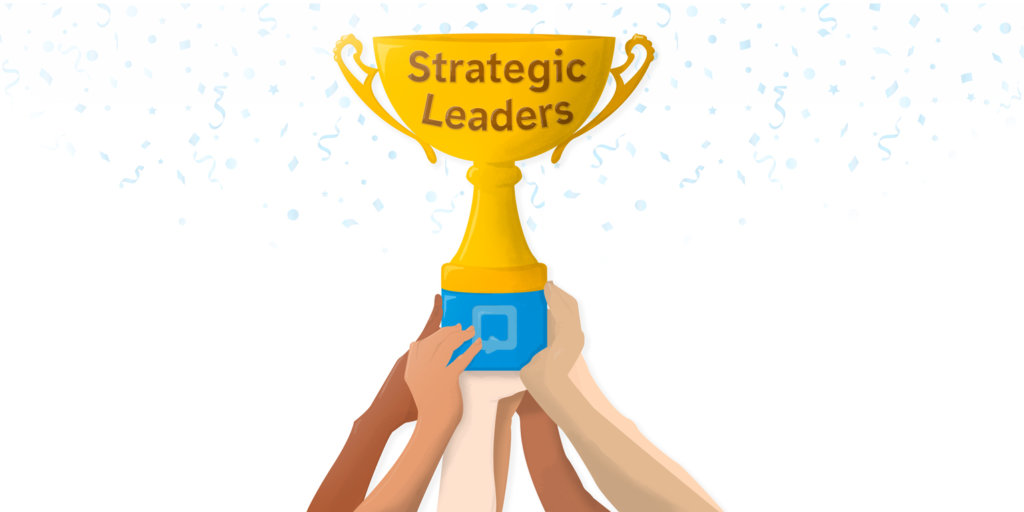Is Your Leadership Development Strategy Going To Plan?
Leadership development is an important part of business growth, but it requires in-depth strategic planning to ensure success.
Figures from the University of Melbourne’s Centre for Workplace Leadership last week revealed that 79 per cent of Australians are open to changes that would improve productivity at their organization.
However, a lack of adequate leadership was cited by 26 per cent of respondents as the primary reason why their business does not perform as well as it could.
This suggests leadership development strategies are underachieving at many companies, with senior executives failing to get the most out of their personnel.
“Aussie workers are willing to change and are open to learning but they are clearly calling out for leadership in the workplace that motivates and inspires them and for greater use of technology that makes it easier to do their job,” said Professor Peter Gahan, director of the Centre for Workplace Leadership.
The research implies organizations need to do more to boost strategic management of leadership development processes in order to maximize the potential of their staff members.
Achieving better strategic management
Implementing an effective leadership development strategy may be easier said than done, however, particularly when businesses may need to communicate and carry out their vision across multiple departments or sites.
These barriers can lead to confusion, infighting and duplication of work, all of which could have a devastating effect on successful outcomes. One way to improve leadership development is to invest in strategy planning software.
StrategyBlocks is a cloud-based solution that can significantly improve strategic management and execution by creating a highly visual central framework that can act as a cornerstone for boosting business processes, such as leadership training.
Companies can use the software to assess the success of their strategies through key performance indicator scorecards, which include the ability to view trends over an extended time period.
Multiple dashboard views also allow organizations to monitor the health of ongoing strategies, providing maximum visibility and ensuring all employees involved in the strategic process are aware of their roles and responsibilities.




Leave A Comment